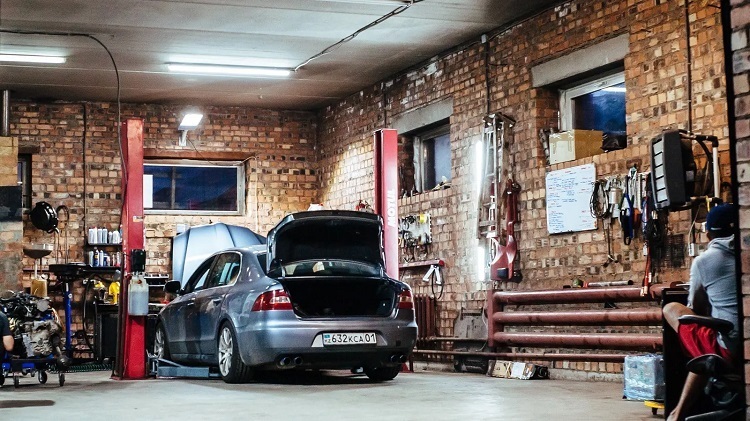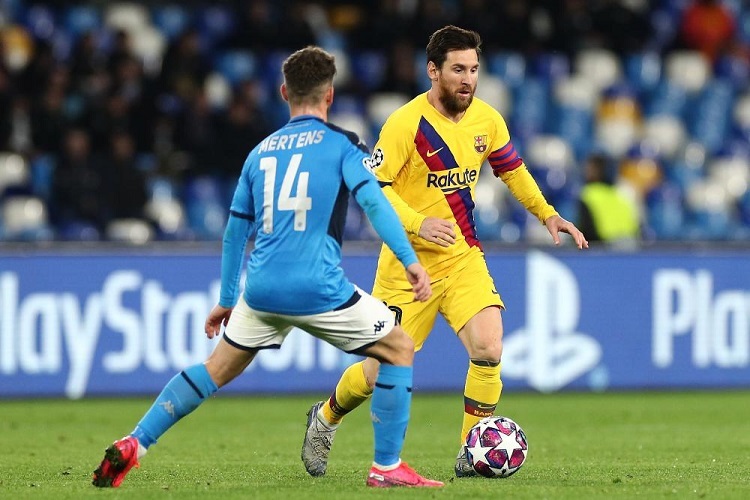The development of a modern motor racing car invests in a lot of science in aerodynamics, engines and composite construction, but tyres still remain the biggest single performance variable in a race car and the only contact point between a racing car and the track.
Traditionally, average cars with just good tyres did do well, but with one or two bad tyres even the best car did not stand a chance in a race. For instance, since 2007, Formula One teams ensure that every team receives its tyres from a single tyre supplier to ensure uniformity and easier monitoring and control.
Tyres still remain a huge performance differentiator. Newer, fresher tyres normally offer a big advantage over worn rubber. This is why teams and drivers carefully manage their tyre usage over a race weekend to make sure that they have a sufficient number of fresh tyres left for the actual race.
Though there is some genuine crossover in technical properties between race tyres and normal road car tyres, they can be – at best – considered to be just distant cousins. Ordinary car tyres are designed with some very heavy steel-belted radial plies that are made for durability. A typical car tyre is designed for a life of about 16,000 km (10,000 miles) or more.
In sharp contrast, modern Formula One tyres have been designed to last for around 120 km on average. Like everything else on a Formula One racing car, the tyres are lightweight and very strong in construction.
Formula One tyres have an underlying structure of nylon and polyester in a very complex weave pattern that is designed to withstand far more huge forces than normal road car tyres, meaning up to a tonne of down force, 5g longitudinal loadings and 4g lateral loadings in F1 racing.
A racing tyre is constructed from a mixture of extra-soft, natural and synthetic compounds of rubber that provide the best possible grip on the texture of the race-track, but at the same time wear very fast in the racing process. This is why there are loads of rubber debris gathered on a typical race-track, just off the racing line. Racing drivers call them “marbles” due to their slipperiness.
Racing tyres tend to perform best at high temperatures because they become “stickier” with more heat. Nevertheless, different compounds do perform best at different optimum temperature ranges.
Development of the modern racing tyre came of age between the late 1960s and the early 1970s when the “slick” untreaded tyre appeared. It was realised that by omitting the tread pattern, usually on normal tyres, meant the surface area of the dry-weather tyre’s rubber in contact with the track could be maximised.
F1 cars ran with slicks till 1998 when a “grooved” tyre was introduced so as to curb cornering speeds. These regulations specified that all F1 tyres had to have 4 continuous longitudinal grooves, with each at least 2.5mm deep and placed 50mm apart. These modifications created various new challenges for tyre manufacturers, for example with ensuring the integrity of these grooves, which in turn limited softness of the rubber compounds that could be used.
The 2009 F1 season brought back the much-welcomed slick tyres following a decision by the FIA to use new aerodynamic regulations as a way of keeping racing cars cornering speeds under control rather than using rubber.
Rubber compounds used for each race are currently determined by a tyres supplier – currently Pirelli for F1 – according to a specific track’s known characteristics. 2 distinct compounds of dry tyre are availed for each team at every Grand Prix weekend – a harder “prime” and a softer “option” tyre, with every F1 driver required to make use of both specifications during a race.
Actual softness of a tyre’s rubber can also be varied via changes in proportion for ingredients added to it, with the 3 main ones being sulphur, carbon and oil. Generally, more oil means a softer tyre, which is generally quicker than a harder one but also less durable.
The current F1 suppliers Pirelli have 4 dry-weather tyre compounds: super-soft (red sidewall markings); soft (yellow); medium (white) and hard (orange).
Intermediate and wet-weather tyres do have full tread patterns which are necessary when racing in the wet to expel any standing water. But conditions can also be too wet for even the full-wet tyres to be able cope with sometimes. For example, the “aquaplaning” condition – when the presence of so much moisture on a track’s surface that a water film builds up between the road and the tyre renders a car effectively floating, leading to vastly lowered levels of grip.
Tread patterns of modern racing car tyres have been mathematically designed in a way to scrub maximum amounts of water from the track surface so as to ensure maximum contact between rubber and track.
At full speed, Pirelli’s intermediate tyre disperses up to 25 litres of water per second while a full-wet type disperses 65 litres per second.
F1 tyres are also normally filled with a special, nitrogen-rich mixture of air that is designed to minimise the variations between tyre pressure and temperature, as well as retaining the pressure much longer than normal air can.
The design of a motor racing car tyre could be the line between winning a race and losing; between death and survival in case of an accident during a race.
For example, recently, Lewis Hamilton cursed his luck after a tyre exploded and cost him his very close shot at victory when he was leading in the British Grand Prix. In the end, the win was claimed by his Mercedes team mate, Nico Rosberg. But Hamilton was relieved, like the rest of the racers, that F1 was not engulfed in a bleaker tale altogether.
This particular race was thus obliterated by rubber disintegrating at dangerously very high speeds, with 6 total wheel failures (4 attached to the rear left wheels) causing Felipe Massa to call on the competing drivers to consider boycotting the German Grand Prix at Nurburgring if a formidable solution to the crisis was not found.


















